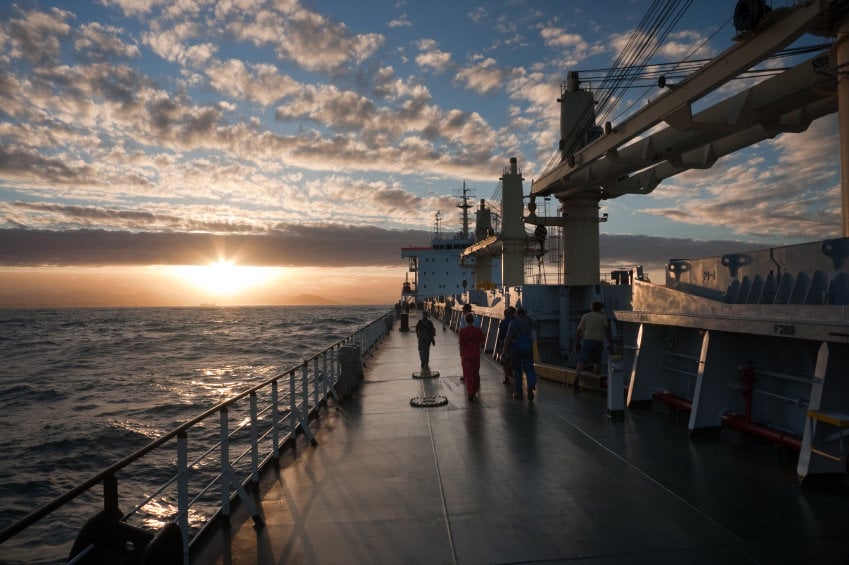The Verified Gross Mass (VGM) requirement officially came into effect on July 1st, 2016, which is being enforced by the International Maritime Organization (IMO) under the Safety of Life at Sea (SOLAS). This rule mandates that shippers must provide VGM for all containers before they are to be loaded onto a vessel or in-gated depending on the policy adapted by the specific port. According to the IMO, VGM enforcement has come as a response to discrepancies in the declared gross mass and the actual gross mass of a container. In an effort to insure the security of the ship, port and vessel operators, and reduce chances of loss of containers overboard and collapse of container stacks, shippers not willing to cooperate risk fines and their container will not be put on the vessel altogether.
VGM can be calculated by the following two methods as requested by the IMO:
1) Weighing the packed container.
2) Weighing the cargo along with all packaging including pallets, dunnage and securing items used in packing the container. Once a single mass is derived from all these substances, the tare weight indicated on the container must be added to derive the VGM.
Shippers have been scrambling to receive the tare weight needed to obtain the VGM to meet SOLAS regulations. In the wake of shippers’ concerns of retrieving and submitting the correct tare weight in a timely matter, the Bureau International des Containers (B.I.C.), which manages the assignment of BIC-CODES, consisting of alphanumeric marking of containers, has developed the Technical Characteristics Database (TCD). This database composes of container numbers and their corresponding tare weight data, which are currently available online. The pilot database is at its early stages and data is being uploaded on a daily bases to meet a need to find all tare weights under one source. B.I.C.’s goal has been to assist in improving efficiency with the help of container owners and operators. Container owners and operators are encouraged to upload records into the database to make tare weights accessible to shippers and other parties. Container details available to users include the container number, size-type code, tare weight, maximum gross mass, maximum payload, maximum stacking weight and manufacturer ID number among other data. The minimum data required for each container are: container number and tare weight. The site is currently active, but until vessel operators fully upload all containers, shippers must obtain tare information through other methods. TCD’s website is accessible by signing up to www.bic-boxtech.org.
Despite the extra step added to the export process, parties involved in the supply chain are making efforts into adapting as quickly as possible to report accurate information in time of the shipment deadlines. Carriers, ports and shippers in addition to the entities working with them in the transportation process are keeping their eyes and ears opens for any added serves that will reduce the time to retrieve VGM. IMO’s move to implement safer practices in global shipping has created anxiety in the wake of possible fines due to noncompliance, but such changes must be embraced as it is in the best interest of all parties within container transport.
Sources:
http://www.imo.org/en/OurWork/Safety/Cargoes/Containers/Pages/Verification-of-the-gross-mass.aspx
http://container-news.com/bic-database/
http://pae.com.au/wp-content/uploads/2015/11/News-Ship-At-Sunrise.jpg




